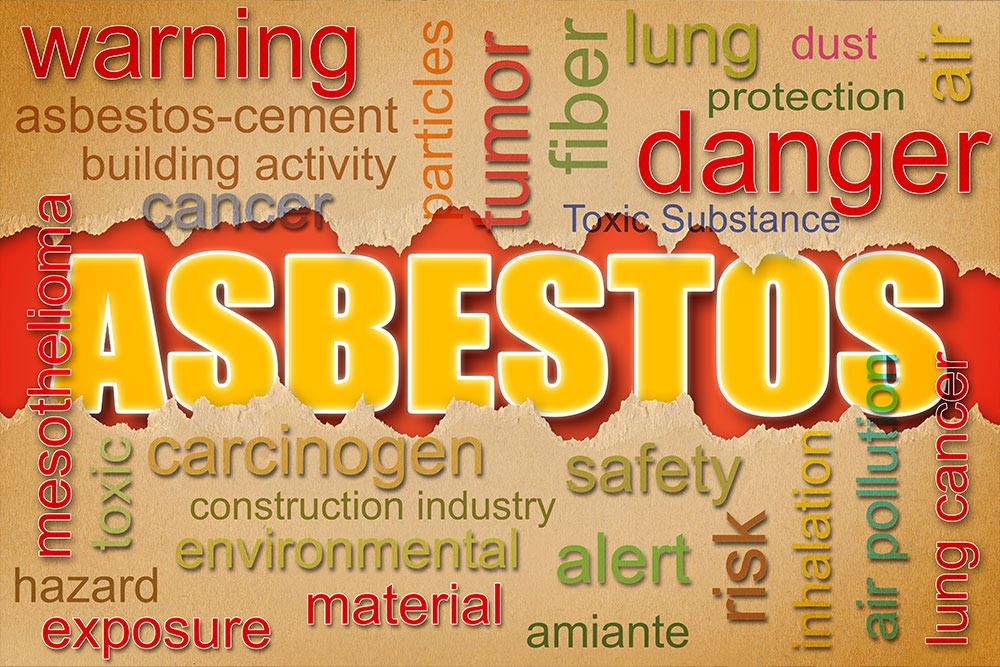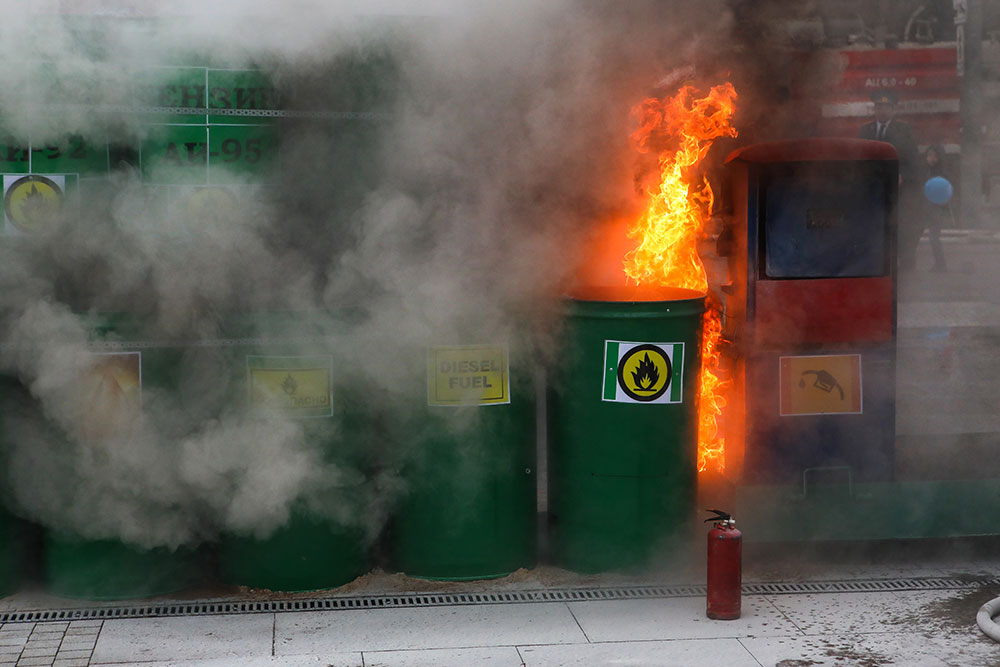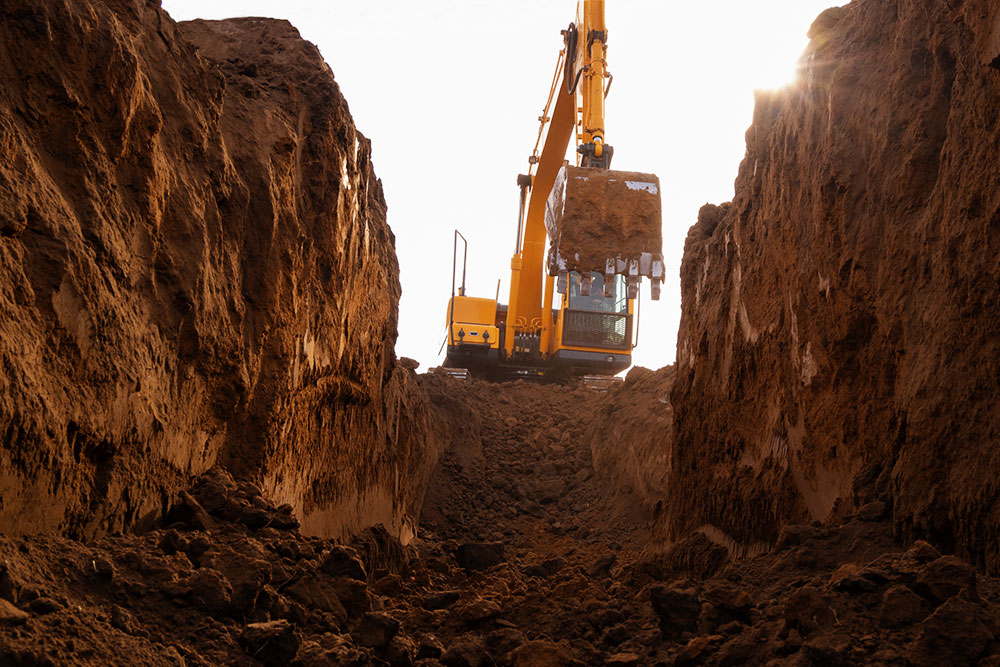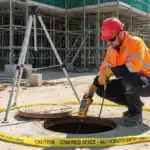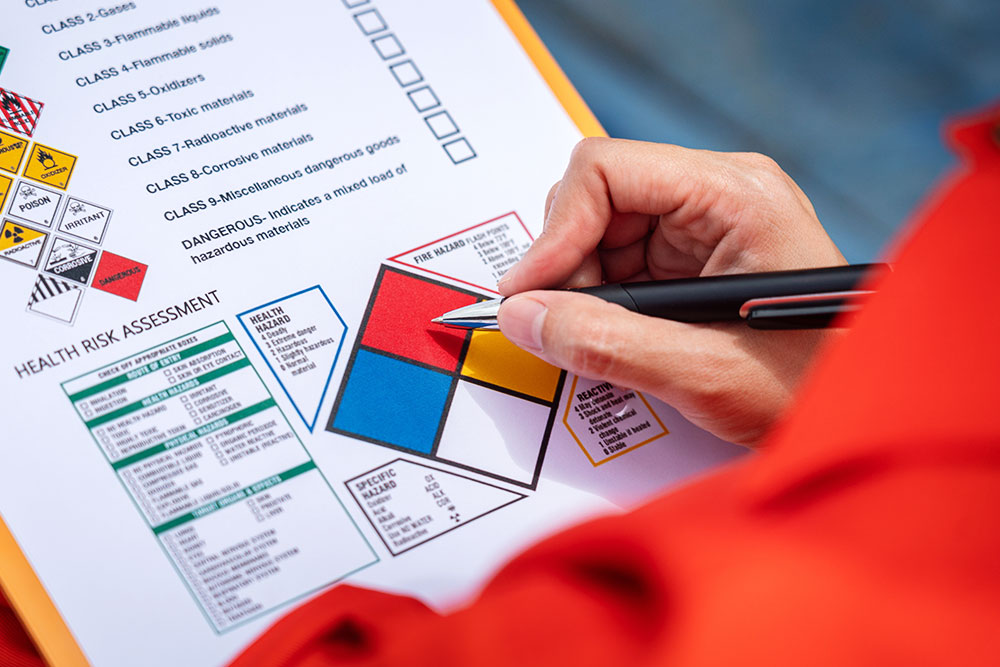
When you ask, ‘What is the purpose of a risk assessment?’ you’ll invite various answers.
But most of the answers confuse the ‘how’ with the ‘why’ of risk assessments.
A risk assessment is nothing more than a careful analysis of anything at work that can cause harm. It then looks at ways to control that harm to a reasonably practical level.
You do this to make your workplace safe. And you make your workplace safe because if you’re an employer, you have a legal and moral duty. You also might need to prove compliance with health and safety legislation if an accident happens, which risk assessments can do.
But this shouldn’t distract from the primary goal of a risk assessment – preventing harm in your workplace.
If you’re new to risk assessments or worry that your assessments aren’t leading to safety improvements, read our guide to learn more about why they’re needed. (There’s guidance on the how, too.)
What is a Risk Assessment?
The Health and Safety Executive (HSE), Britain’s regulator for workplace health and safety, defines a risk assessment as the process of thinking about what might cause harm to people and deciding whether you are taking reasonable steps to prevent that harm.
Risk assessments are specific to a work environment and its people, so they vary. However, the aim, approach and structure are always consistent. You can read more about the steps required for a risk assessment, but in summary, during a risk assessment, you must do the following:
- Identify the hazards in your workplace
- Determine who might be harmed and how
- Decide how to remove or reduce the risk if it can’t be eliminated
- Record what risks have been found and what’s been done about them
- Review your risk assessment and check your risk control measures are effective
The fifth step essentially makes risk assessment an ongoing process. It’s not specified, but the HSE states that risk assessments should be reviewed regularly. It’s essential to do this to check whether your initial attempts to eliminate or control risks were successful or require a different strategy. Changes to the workplace, such as new activities, should also trigger a review of your risk assessment.
But never lose sight of what the purpose of a risk assessment is – improvements in workplace safety. Risk assessments are a legal obligation for employers but have real-world implications for health and safety.
You shouldn’t see them as a box-ticking exercise.

Risk Assessment Legislation
All employers have a general duty to keep workers safe under the Health and Safety at Work Act 1974. This can only be achieved through risk assessments, so later legislation made them a legal necessity.
This answers the earlier question: What is the purpose of a risk assessment? The Management of Health and Safety at Work Regulations 1999 makes it a legal duty for employers to carry out a risk assessment for their workplace. You must also record your risk assessment findings if you employ more than five people.
Risk Assessment Training
Our Risk Assessment Training provide vital information to recognise and eradicate a hazard that can cause harm within a workplace or an organisation. Risk assessment is the keystone of safety and health that helps identify and mitigate the possibility of such hazards to ensure safety for all.
Competency
The HSE wants health and safety to be as straightforward as possible for employers. Since many workplaces, such as offices, are relatively low-risk, there’s no specific qualification needed to conduct a risk assessment.
However, anyone performing a risk assessment must be competent to do so.
Competency is defined by the HSE as “the combination of training, skills, experience and knowledge that a person has and their ability to apply them to perform a task safely.” This definition essentially creates a sliding scale.
Complex, hazardous workplaces require a risk assessor to have a deeper understanding and experience to be recognised as competent. A more common work environment, like offices, can be safely risk assessed by someone with less experience.
It should also be noted that while an employer is responsible for their workplace risk assessment, they can delegate the task to another person as long as they are competent.
Communication
The primary purpose of risk assessment is to make your workplace safer, which is achieved by identifying hazards and implementing control measures.
As an employer, you must reduce risks in your workplace and provide workers with the tools and knowledge they need to do their jobs safely.
Employees must know about the hazards they face and what’s been done to prevent harm, which should all be recorded on your risk assessment.
Your employees (or contractors) should be given access to any relevant risk assessment. It’ll raise awareness of hazards and what employees should do to protect themselves and others.
But that’s not to say that a risk assessment isn’t helpful in other ways.
Compliance
Even with precautions in place, accidents can still happen. If someone in your workplace is harmed, there should be an investigation into the incident to determine what went wrong and how to avoid it in future.
Your compliance with health and safety legislation may be questioned in some instances. If this happens, a documented risk assessment can prove you took every step necessary (and reasonably practicable) to prevent harm.
Recording your risk assessment is only legally required if you employ more than five people.
However, since a thorough risk assessment can reduce your legal liability, it’s safest (for your employees and you) to document your risk assessments regardless of company size.
For many low-risk workplaces, the employer (or a worker) is usually best positioned to conduct the risk assessment. People who know a workplace will better understand the hazards and what can be done to reduce risk levels.
While this knowledge will help with any risk assessments, it won’t be enough to make you competent. You’ll also need to understand the procedure itself. And since it’s unsafe to attempt a risk assessment without prior experience, training is the best way to develop this understanding.
Learn How to Conduct Risk Assessments
You can find a range of online risk assessment courses in our training library. They cover everything from advanced, sector-specific risk assessments to general introductions. So, if you’re new to risk assessments, you’ll be able to find the right course to get started. It’ll explain how to identify hazards, assess who might be harmed and what safeguards you can apply to make your workplace safer.
